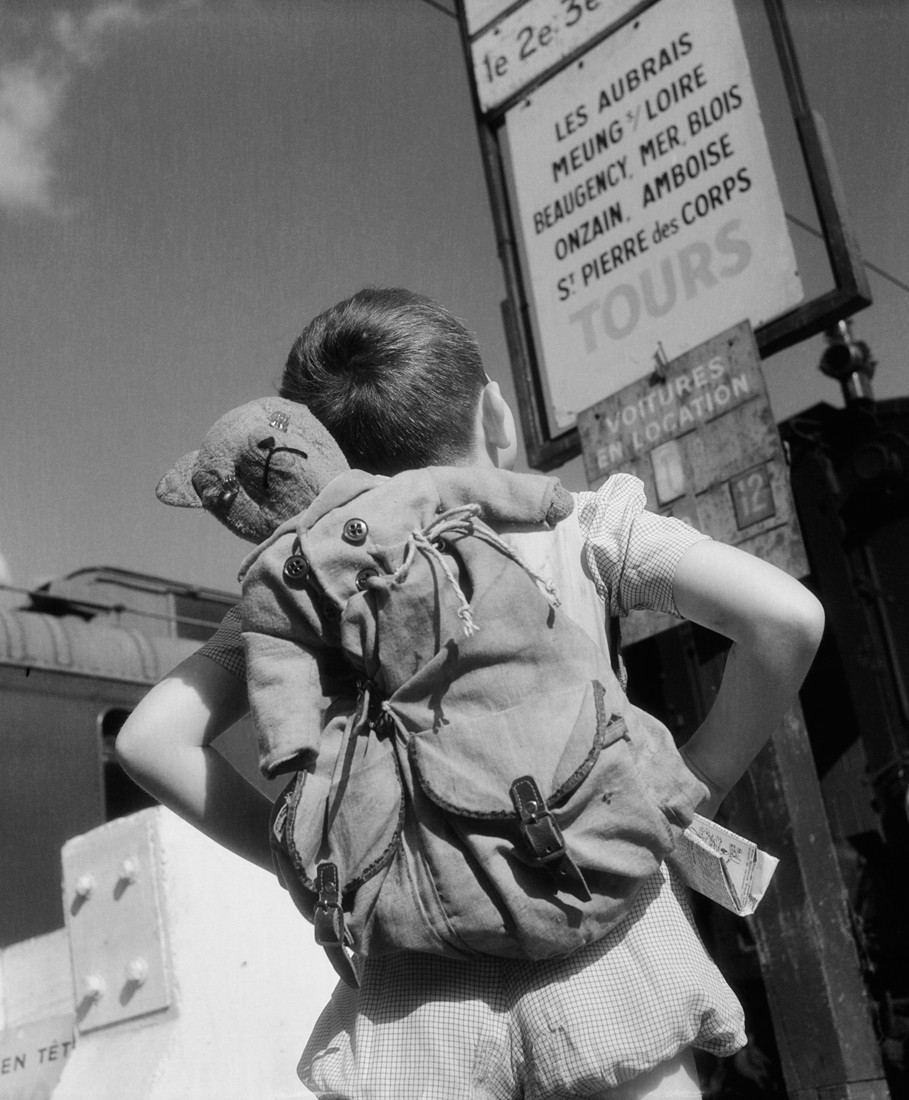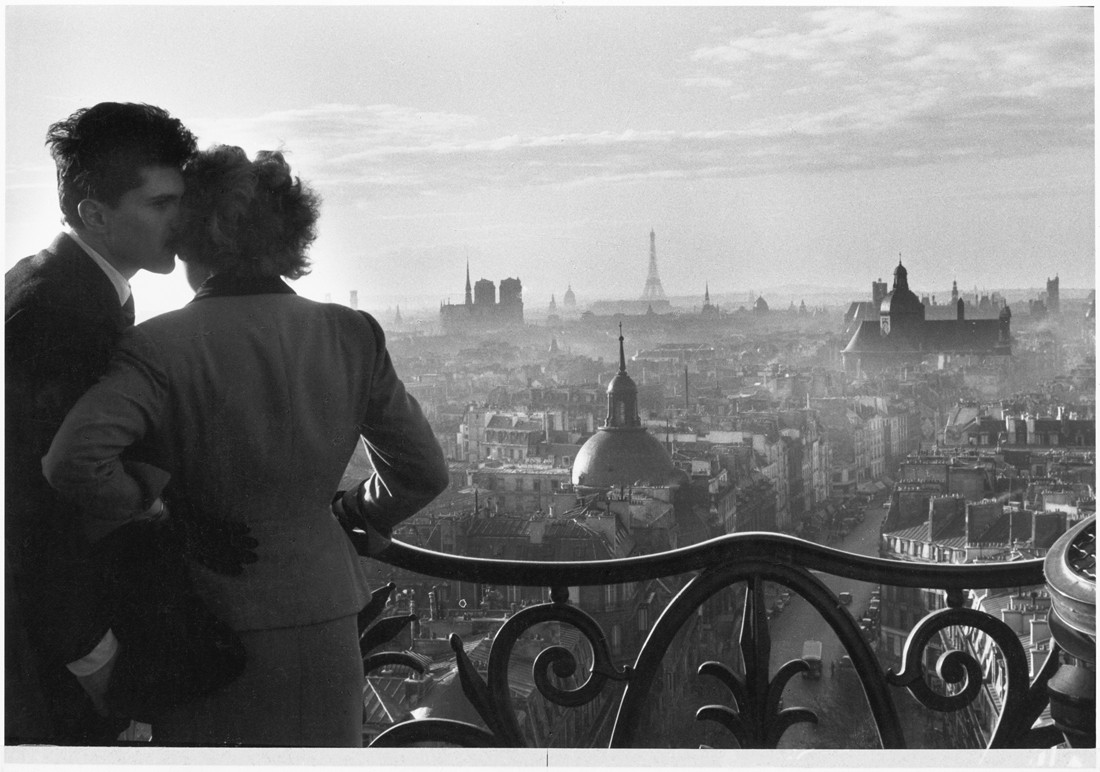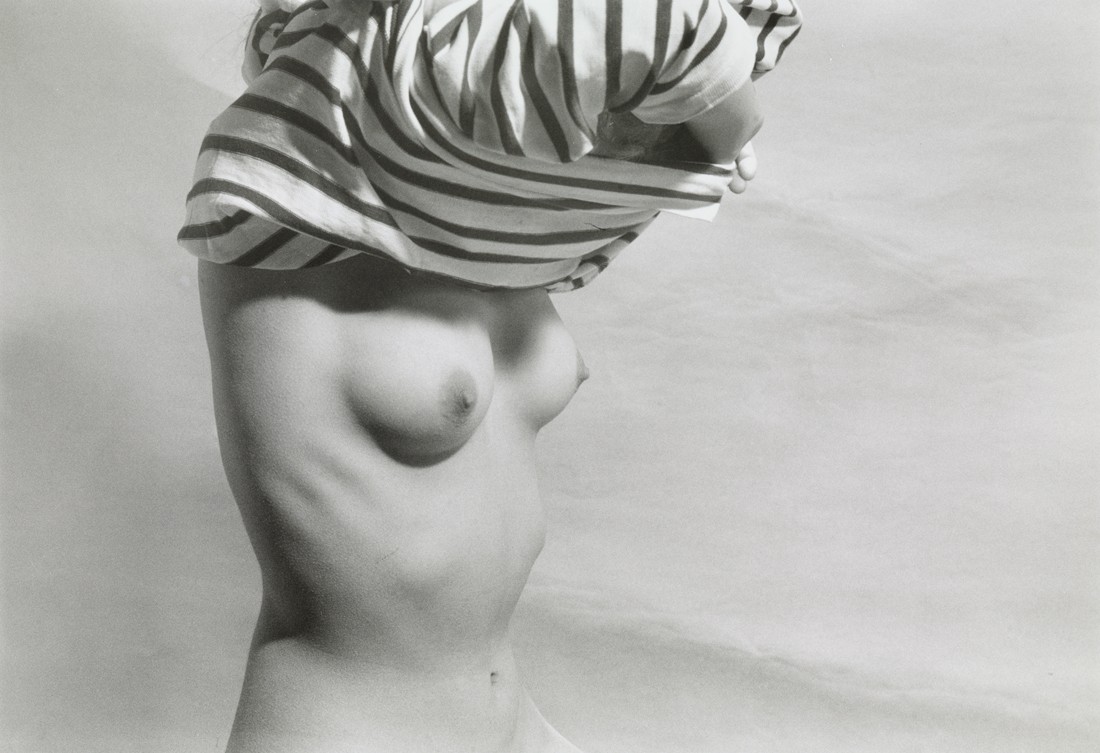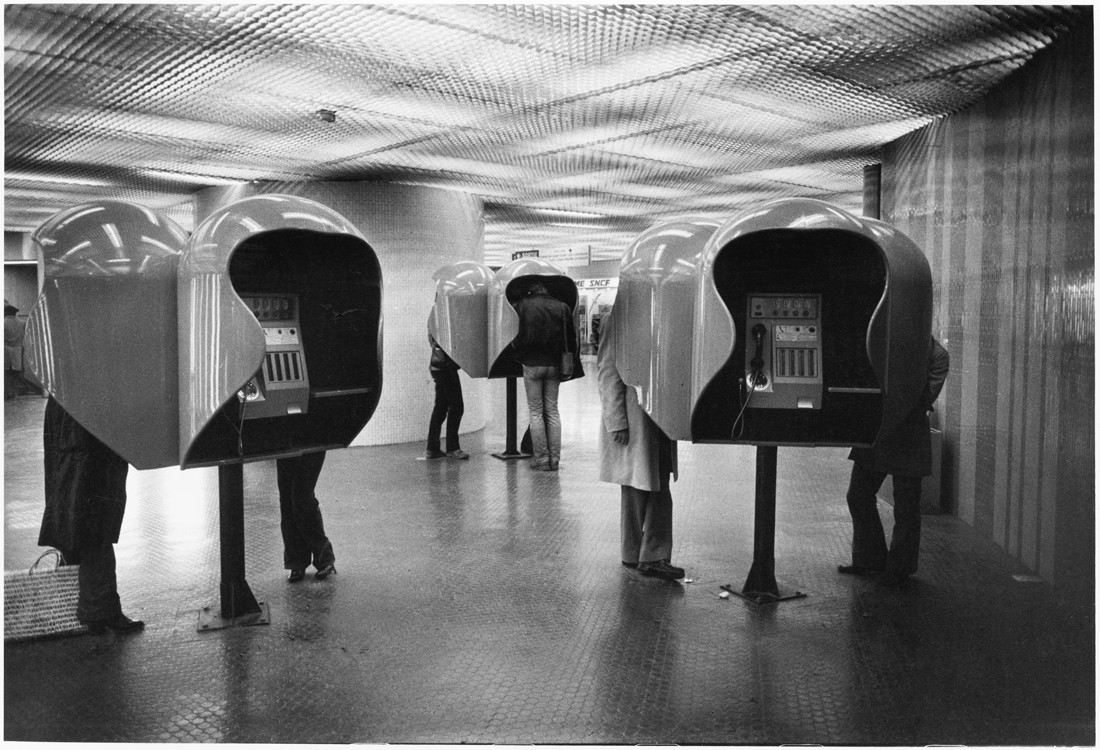Willy Ronis
28 Jun - 29 Oct 2017

Willy Ronis
Vincent, sur la route des vacances, 1946
Ministère de la Culture et de la Communication / Médiathèque de l’architecture et du patrimoine / Dist RMN-GP © Donation Willy Ronis
Vincent, sur la route des vacances, 1946
Ministère de la Culture et de la Communication / Médiathèque de l’architecture et du patrimoine / Dist RMN-GP © Donation Willy Ronis

Willy Ronis
Jeanne et Jacques près de Paris, 1937
Ministère de la Culture et de la Communication / Médiathèque de l’architecture et du patrimoine / Dist RMN-GP © Donation Willy Ronis
Jeanne et Jacques près de Paris, 1937
Ministère de la Culture et de la Communication / Médiathèque de l’architecture et du patrimoine / Dist RMN-GP © Donation Willy Ronis

Willy Ronis
Le Zoo Circus d’Achille Zavatta
Paris, 1949
Ministère de la Culture et de la Communication / Médiathèque de l’architecture et du patrimoine / Dist RMN-GP © Donation Willy Ronis
Le Zoo Circus d’Achille Zavatta
Paris, 1949
Ministère de la Culture et de la Communication / Médiathèque de l’architecture et du patrimoine / Dist RMN-GP © Donation Willy Ronis

Willy Ronis
Le Petit Parisien, 1952
Ministère de la Culture et de la Communication / Médiathèque de l’architecture et du patrimoine / Dist RMN-GP © Donation Willy Ronis
Le Petit Parisien, 1952
Ministère de la Culture et de la Communication / Médiathèque de l’architecture et du patrimoine / Dist RMN-GP © Donation Willy Ronis

Willy Ronis
Les Amoureux de la Bastille
Paris, 1957
Ministère de la Culture et de la Communication / Médiathèque de l’architecture et du patrimoine / Dist RMN-GP © Donation Willy Ronis
Les Amoureux de la Bastille
Paris, 1957
Ministère de la Culture et de la Communication / Médiathèque de l’architecture et du patrimoine / Dist RMN-GP © Donation Willy Ronis

Willy Ronis
Nu au tricot rayé
Paris, 1970
Ministère de la Culture et de la Communication / Médiathèque de l’architecture et du patrimoine / Dist RMN-GP © Donation Willy Ronis
Nu au tricot rayé
Paris, 1970
Ministère de la Culture et de la Communication / Médiathèque de l’architecture et du patrimoine / Dist RMN-GP © Donation Willy Ronis

Willy Ronis
Station Châtelet-Les-Halles
Paris, 1979
Ministère de la Culture et de la Communication / Médiathèque de l’architecture et du patrimoine / Dist RMN-GP © Donation Willy Ronis
Station Châtelet-Les-Halles
Paris, 1979
Ministère de la Culture et de la Communication / Médiathèque de l’architecture et du patrimoine / Dist RMN-GP © Donation Willy Ronis
WILLY RONIS
28 June - 29 October 2017
Curators: Marta Gili and Matthieu Rivallin.
This retrospective presents a specific aspect of Willy Ronis’s work: a deep awareness of the nature of images, despite his being traditionally categorised as a mainstream humanist. For Ronis photography is not an end in itself but a means of expressing his experience of the social realities around him. Taken in the street, a factory, the countryside or some intimate setting, his photographs add up to a set of moments that span his entire career, and constitute the basis of his personal version of reality.
After World War II the torch-bearers of French photography were the Groupe des XV, whose members included Robert Doisneau, René-Jacques, Marcel Bovis and, of course, Willy Ronis. Anecdote, parody, tenderness and visual finesse were among the narrative techniques favoured by French humanist photography, and what it sought to convey. Taking as their subject busy Paris streets, working class neighbourhoods, people out for a walk, children playing and other scenes of daily life, these photographs blended poetry with a spontaneously assumed vocation of reporting on the world.
Ronis is nonetheless very much aware of the dishonesty of any attempt by photography to take the edge off social injustice. He sets out to explore the life of the poor with method, conviction and lucidity. Hence his photographs of workers, picket lines and passionate union harangues in the Citroën and Renault factories in 1936 and 1950, the Saint-Étienne mines in 1948 and the streets of Paris in 1950. But in addition to his empathy with workers in the factory, at home and in society, we sense a photographer whose socio-political concerns could not be satisfied with a few fragments of lives picked up here and there, but required active commitment. Ronis never concentrates on the sordid, nor does he disguise poverty or romanticise the poor; rather he sides with their demands and their struggle.
Exhibition produced by Jeu de Paume, the Médiathèque de l’Architecture et du Patrimoine/Ministry of Culture and Communication, in collaboration with la Ville de Tours.
28 June - 29 October 2017
Curators: Marta Gili and Matthieu Rivallin.
This retrospective presents a specific aspect of Willy Ronis’s work: a deep awareness of the nature of images, despite his being traditionally categorised as a mainstream humanist. For Ronis photography is not an end in itself but a means of expressing his experience of the social realities around him. Taken in the street, a factory, the countryside or some intimate setting, his photographs add up to a set of moments that span his entire career, and constitute the basis of his personal version of reality.
After World War II the torch-bearers of French photography were the Groupe des XV, whose members included Robert Doisneau, René-Jacques, Marcel Bovis and, of course, Willy Ronis. Anecdote, parody, tenderness and visual finesse were among the narrative techniques favoured by French humanist photography, and what it sought to convey. Taking as their subject busy Paris streets, working class neighbourhoods, people out for a walk, children playing and other scenes of daily life, these photographs blended poetry with a spontaneously assumed vocation of reporting on the world.
Ronis is nonetheless very much aware of the dishonesty of any attempt by photography to take the edge off social injustice. He sets out to explore the life of the poor with method, conviction and lucidity. Hence his photographs of workers, picket lines and passionate union harangues in the Citroën and Renault factories in 1936 and 1950, the Saint-Étienne mines in 1948 and the streets of Paris in 1950. But in addition to his empathy with workers in the factory, at home and in society, we sense a photographer whose socio-political concerns could not be satisfied with a few fragments of lives picked up here and there, but required active commitment. Ronis never concentrates on the sordid, nor does he disguise poverty or romanticise the poor; rather he sides with their demands and their struggle.
Exhibition produced by Jeu de Paume, the Médiathèque de l’Architecture et du Patrimoine/Ministry of Culture and Communication, in collaboration with la Ville de Tours.
